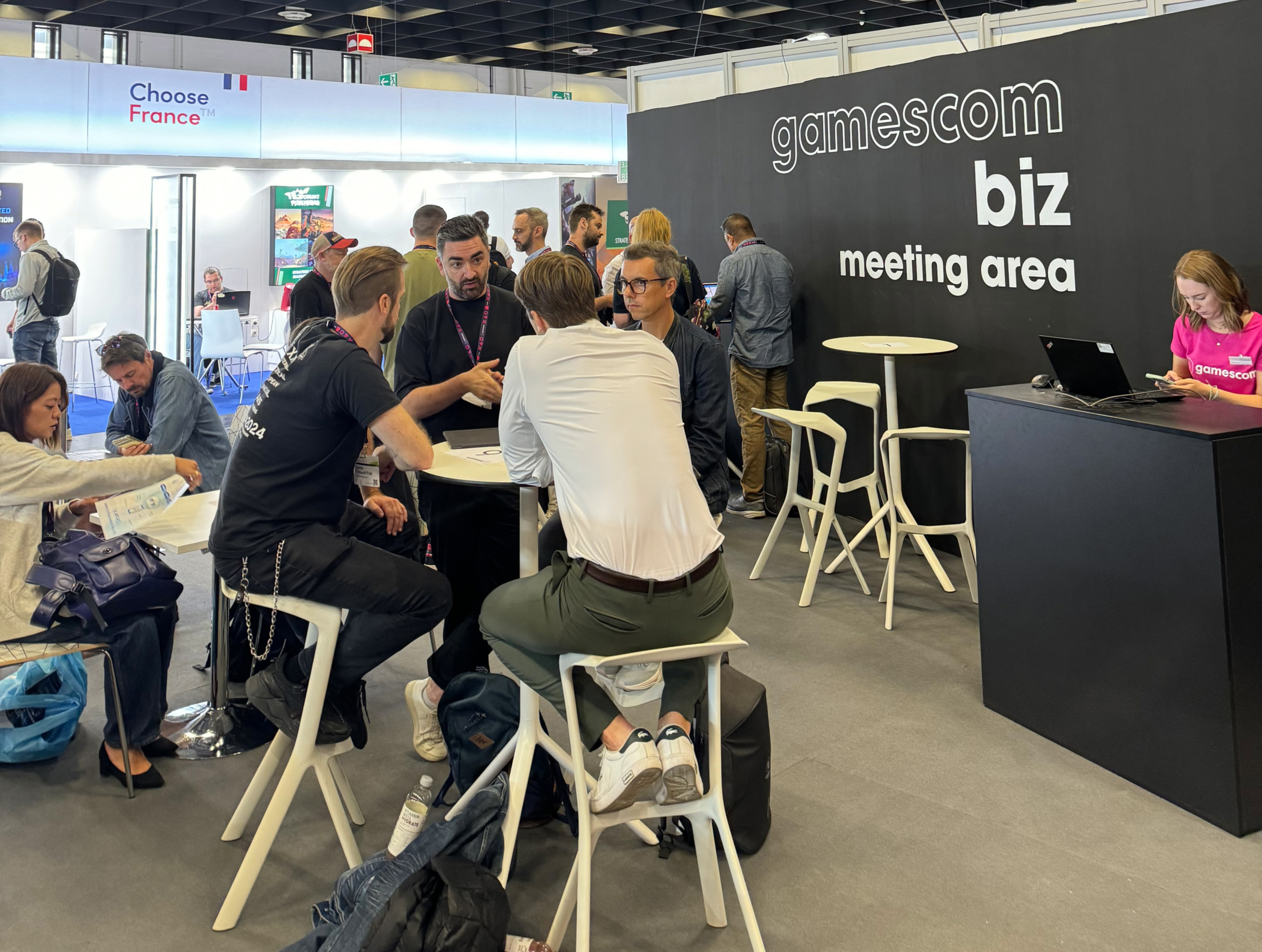
We recently released our VR app called VRium into beta testing, with which you can study general chemistry in an interesting and interactive way.
To make VRium as useful and user-friendly as possible, we invited Viktor Tokariev to test our application. Viktor holds a PhD degree in physical chemistry; he is a Senior Lecturer in Chemistry at the Karazin Kharkiv National University. So you can trust his opinion.
Victor is an interesting conversationalist and a person truly keen on chemistry. He tested our application, pointed out soft spots and told us how we can improve the functionality. We talked with him about the educational process, discussed specifics of teaching chemistry to schoolchildren and students, and agreed on further cooperation.
I think it’s important to clearly visualize fundamental chemical concepts and help students to get general knowledge and develop chemical intuition. These are necessary for materials and life sciences (where progress is crucial to find novel drugs and materials for energy and computing), but also at scale help to raise general public perception of science.
I hope VRium app will help students to alleviate common pain points of chemical curriculum as well as master advanced chemical concepts. Of course, interactive VR applications like this one are even more useful during continuing global pandemic, when access to in-person chemistry classes is limited or absent.
Viktor Tokariev, PhD in physical chemistry, senior lecturer at V. N. Karazin Kharkiv National University
We will work together to refine the application to make the learning process of chemistry interesting, engaging and interactive.


